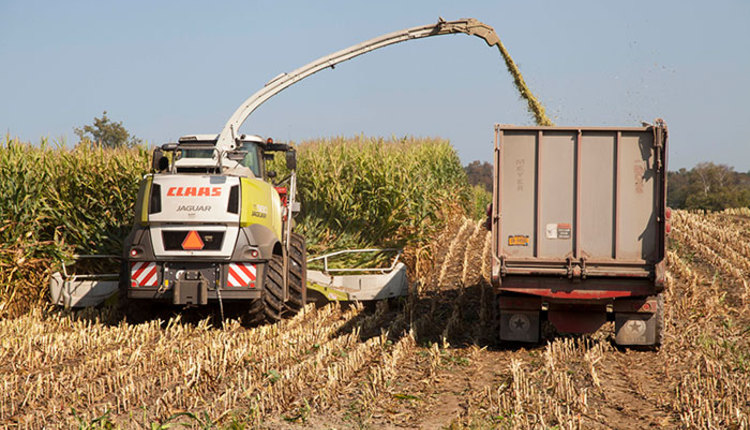
With both the quantity and quality of forage at a premium this year in many regions, preservation of corn silage becomes paramount. One component of silage preservation is the use of bacterial inoculants.
Inoculant use is becoming commonplace, but less so for corn silage. Still, inoculant use for corn silage can pay dividends, especially on a challenged crop.
“There are three main types of inoculants: upfront fermenters, spoilage inhibitors, and combination inoculants,” explains Michelle Der Bedrosian, a forage products and dairy technical specialist with Vita Plus. Each of these types have different end products that impact silage storage in different ways.
The upfront fermenters help to conserve dry matter (DM) during fermentation by lowering the pH rapidly. This is largely accomplished through the production of lactic acid. Some example strains of upfront fermenters are Lactobacillus plantarum and Pediococcus pentosaceus.
“The other added benefit of this rapid pH drop is that the ‘bad’ bacteria, such as clostridia and enterobacteria, don’t have an opportunity to grow,” Der Bedrosian says.
The front-end fermenters comprise the most common type of inoculants used.
Keep it fresh
“You can tell if your feed is spoiling simply by feeling the total mixed ration (TMR) with your hand,” Der Bedrosian explains in a recent Forage Foundations newsletter from Vita Plus. “If the feed is hot, it is spoiling. This means the yeast are consuming lactic acid, raising the pH of the silage, and destroying quality nutrients, which creates heat and provides an ideal environment for the growth of molds,” she adds.
This process can be slowed by using an antifungal inoculant. The most common of these is Lactobacillus buchneri, which produces acetic acid and is very tolerant of a low pH.
When people ask Der Bedrosian if they should use L. buchneri on their corn silage, her answer is: “It depends.”
“If you have the potential for a spoilage problem or spoilage has been a problem in the past, then consider using a L. buchneri product,” Der Bedrosian says. “If spoilage isn’t a problem, then an upfront fermenter should do the job,” she adds.
Silage spoilage can be traced to a number of causes. These include a feed dry matter that is too high or low, a lower than optimum feedout rate, a low pack density, slow silo filling, repeated rain events during harvest, a high silage pH, wildlife/bird pressure, and delayed silo sealing.
A combination inoculant contains both upfront fermenters and L. buchneri. These offer the advantages of both types, but not to the extent that each would have if used alone.
Research confirms that inoculants, if used consistently, can offer positive economic gains. In a year like 2019, those gains may be greater than most years.

